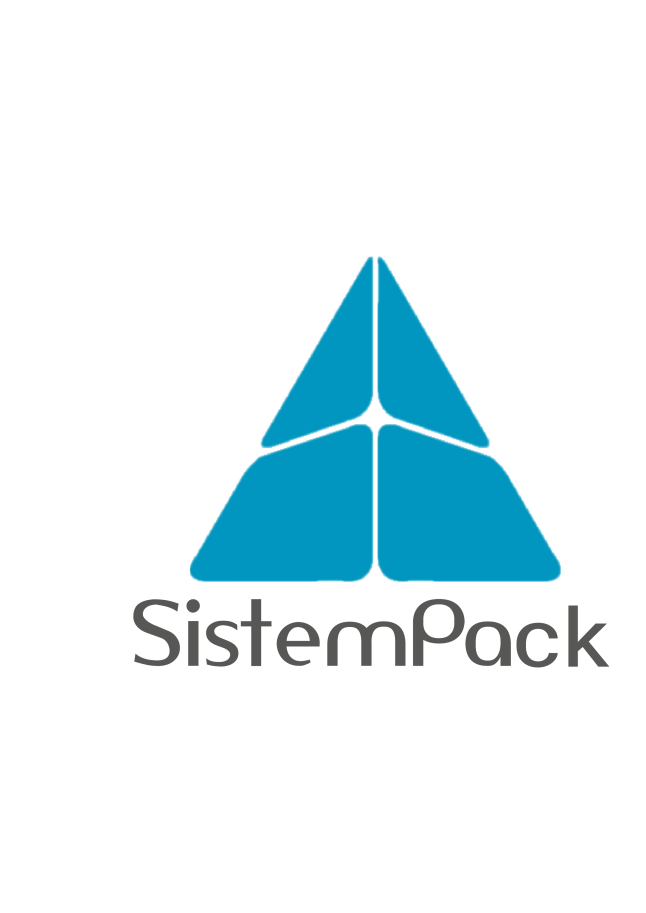Introduction: The construction industry is the backbone of modern infrastructure, and it relies heavily on various materials and components to bring architectural visions to life. However, behind every successful construction project lies an often-overlooked hero: packaging. The packaging of construction materials and products is a critical factor that influences safety, efficiency, sustainability, and cost-effectiveness throughout the entire construction process.
This White Paper explores the pivotal role of packaging in the construction sector, shedding light on the innovative solutions and best practices that are shaping the future of this industry. From protecting materials during transportation to ensuring on-site safety and minimizing environmental impact, packaging plays a multifaceted role in the construction ecosystem.
Chapter 1: Safety and Reliability in Packaging: Safety is paramount in the construction industry, and packaging plays a crucial role in ensuring the well-being of workers, contractors, and end-users. This chapter delves into the importance of durable, tamper-proof packaging for construction materials, emphasizing how it prevents accidents, reduces material waste, and enhances overall project efficiency.
Chapter 2: Efficiency and Productivity: Efficiency is the lifeblood of construction projects. Effective packaging solutions not only streamline the logistics of material handling but also minimize downtime and labor costs. We explore how innovations such as bulk packaging, modular systems, and just-in-time deliveries are revolutionizing the way construction materials are packaged and transported.
Chapter 3: Sustainability and Environmental Responsibility: As the world shifts towards sustainable practices, the construction industry is no exception. This chapter delves into eco-friendly packaging materials, recycling programs, and waste reduction strategies that align with environmental regulations and consumer preferences. By adopting sustainable packaging practices, construction companies can reduce their carbon footprint and enhance their reputation as responsible corporate citizens.
Chapter 4: Cost-Effective Packaging Solutions: Cost-effectiveness is a core concern for construction projects. This chapter investigates how smart packaging choices can significantly impact a project’s bottom line. From minimizing packaging waste to optimizing storage and transportation costs, we explore the strategies that construction professionals can employ to maximize their financial resources.
Chapter 5: Technological Advancements in Packaging: The digital age has brought forth innovative technologies that are transforming packaging in the construction sector. This chapter discusses the integration of RFID tracking, IoT sensors, and data analytics in packaging solutions, enabling real-time monitoring, supply chain optimization, and enhanced project management.
Conclusion: In the dynamic world of construction, packaging is not merely a logistical necessity; it’s a strategic asset that can make or break a project. As the construction industry continues to evolve, staying at the forefront of packaging innovations is key to achieving safer, more efficient, sustainable, and cost-effective construction practices. By recognizing the pivotal role of packaging in the construction ecosystem and embracing cutting-edge solutions, construction professionals can build a brighter, more prosperous future for the industry.
